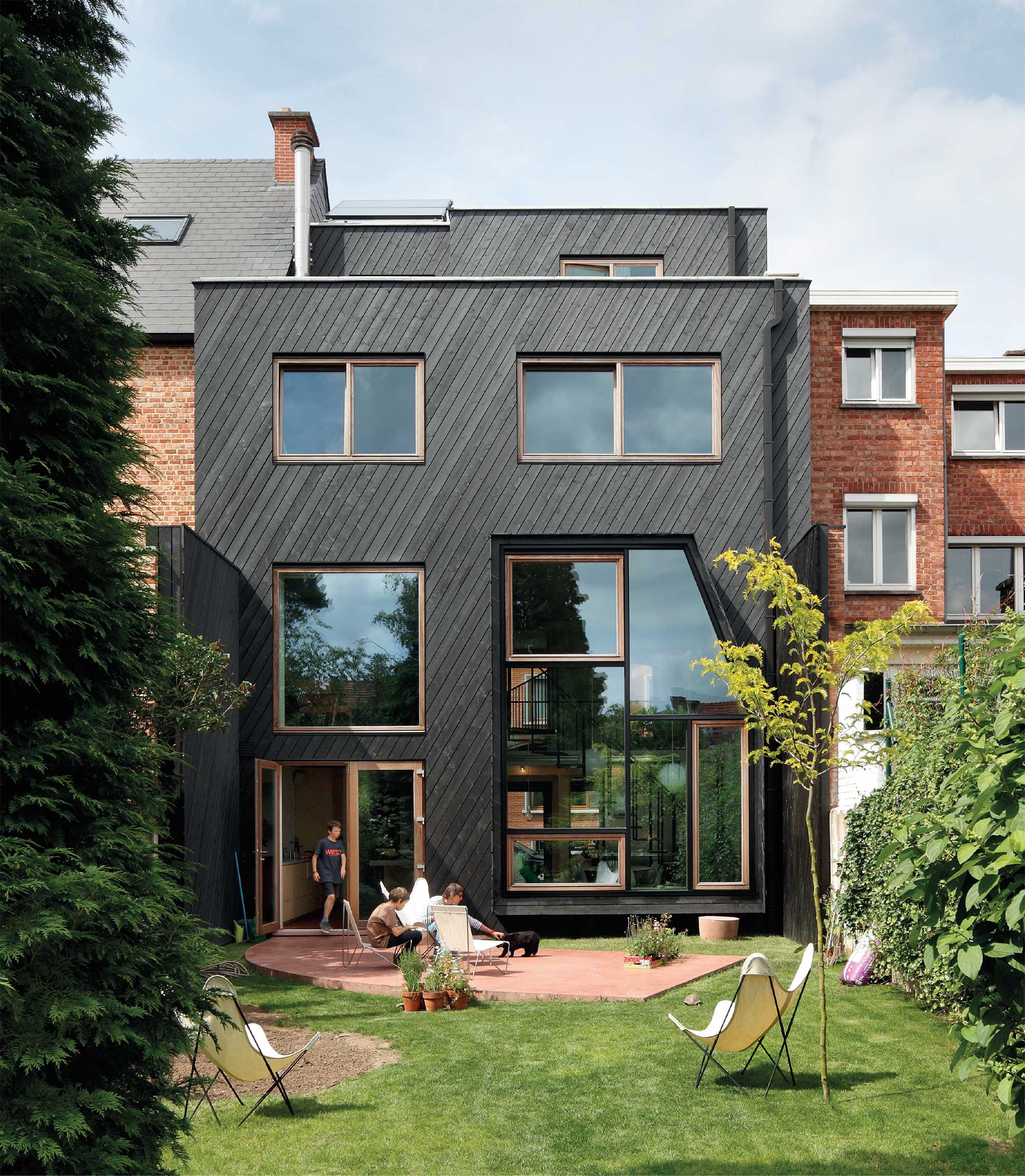When it comes to home renovation and self build, sometimes simplicity is best.
While timber is often seen as a material only used externally for fencing or decking, it can in fact, with the right species and in the right grade, be used throughout the home and is a great way to add a modern touch.
As well as looking great and being extremely versatile, timber can be applied to a multitude of surfaces and looks as good inside as it does out.
With the ever-increasing variety of pre finished timber and with so many colour choices, the opportunity to create something really special in your home is now more attainable than ever.
Which timber would be best for decking?
Choosing the right timber for your decking is essential – get it wrong and you can end up with a slippery, rot-prone finish.
Softwoods such as cedar, pine and spruce are popular, affordable and readily available options. While they can be naturally weather resistant, they need to be properly treated with a wood preservative to ensure a long-lasting finish.
Hardwoods have also risen in popularity recently, with oak and teak providing a contemporary feel while still offering durability and stability. A treated hardwood can last upwards of 20 years.
Heat-enhanced woods such as IRO architectural timber are a great choice for decking, as the process can actually provide a hard wearing decorative surface in a colour palette not previously available in timber products.
IRO is also coated with a cream to ensure longevity and is self-cleaning, water-repellent, free of highly volatile organic compounds (HVOCs) and 100% eco-friendly – making it completely safe for both family and pets.
Which timber should I use for fencing?
Fence posts are usually manufactured from softwood – typically Sitka spruce, which is prevalent in the UK an therefore affordable. Other softwoods such as Larch, Douglas Fir and Pine also available but more restricted by regional availability.
Although these species have their own natural durability characteristics it is always recommended that any softwood in permanent ground contact should be pressure treated with recognised preservative to User Class 4, ensuring further protection against rot and decay. Achieving this level of resistance is done by incising the post to allow further penetration of the treatment chemical into the wood.
When choosing your fence posts, they key factors are that the cross section and length of post are suitable to support the rest of the components. Sire conditions such as areas exposed to wind and varying ground/soil conditions should also be accounted for, so you may need to seek a specialist opinion.

IRo heat enhanced timber has been created using the seven-step Japanese process of Shou Sugi Ban. The water-repellent, self-cleaning surfaces ensures that any dirt and dust is simply washed away and the coating guarantees a long-lasting, UV-stable finish
What are the best timber cladding options?
Your choice in timber cladding will have a significant effect to your property’s kerb appeal.
It’s a great idea to use a cladding which adds colour or texture to your property. While natural tones can create great visuals inside your home, current trends lend themselves to bold, statement shades.
This is equally true for your property’s exterior where vibrant colours can be extremely effective in breaking up the grey – especially in city centre locations.
When it comes to materials, there are a multitude of options available but softwood timber cladding, such as larch, is great for those on a budget. Beware that this can weather quickly so will need regular maintenance in the form of treatments and repainting, especially on your property’s exterior.
Composite or heat-engineered timbers, such as IRO, are also a great option for cladding – offering value for money – and have the benefit of being eco-friendly.
Using a technique wherein the timber is slightly burned and then coated with natural oils and colourful creams, this process offers a beautiful finish while protecting the wood from weather and insect infestation without any chemical preservatives or pesticides.
Available in a range of 15 colours, the water repellent, self-cleaning surface of IRO cladding ensures that dirt and dust is simply washed away.
Find out more at www.irotimber.co.uk
The post How to make the most of timber’s versatility in your home appeared first on Build It.
Article reference How to make the most of timber’s versatility in your home
No comments:
Post a Comment